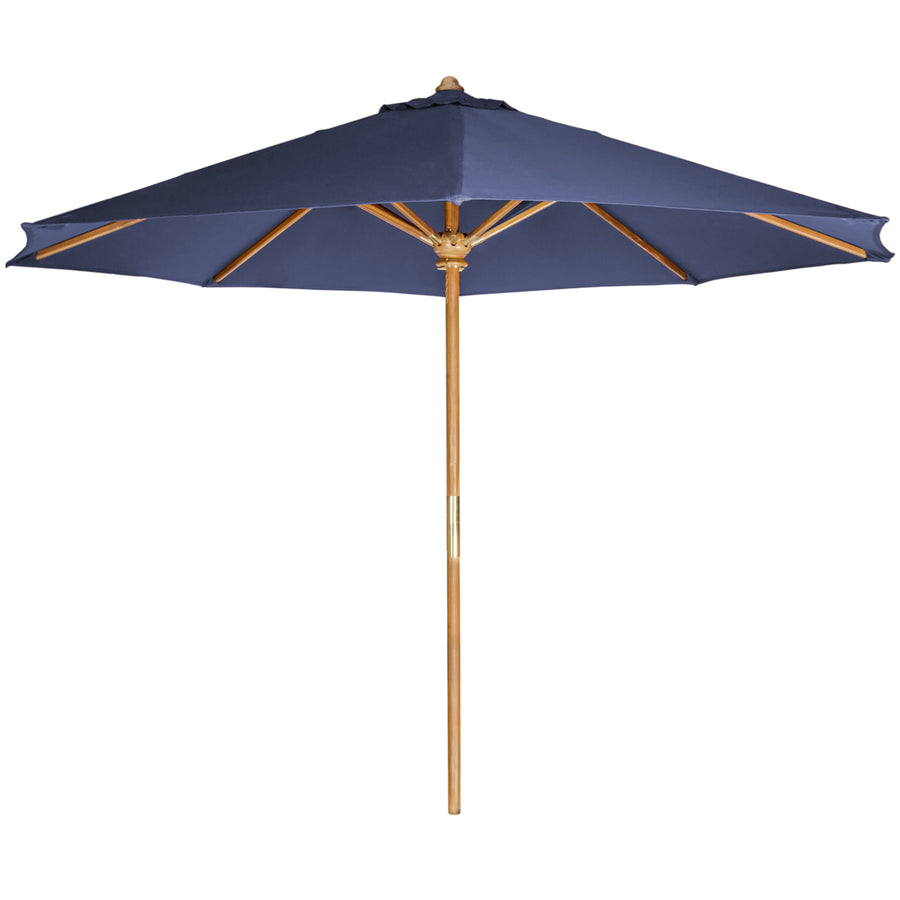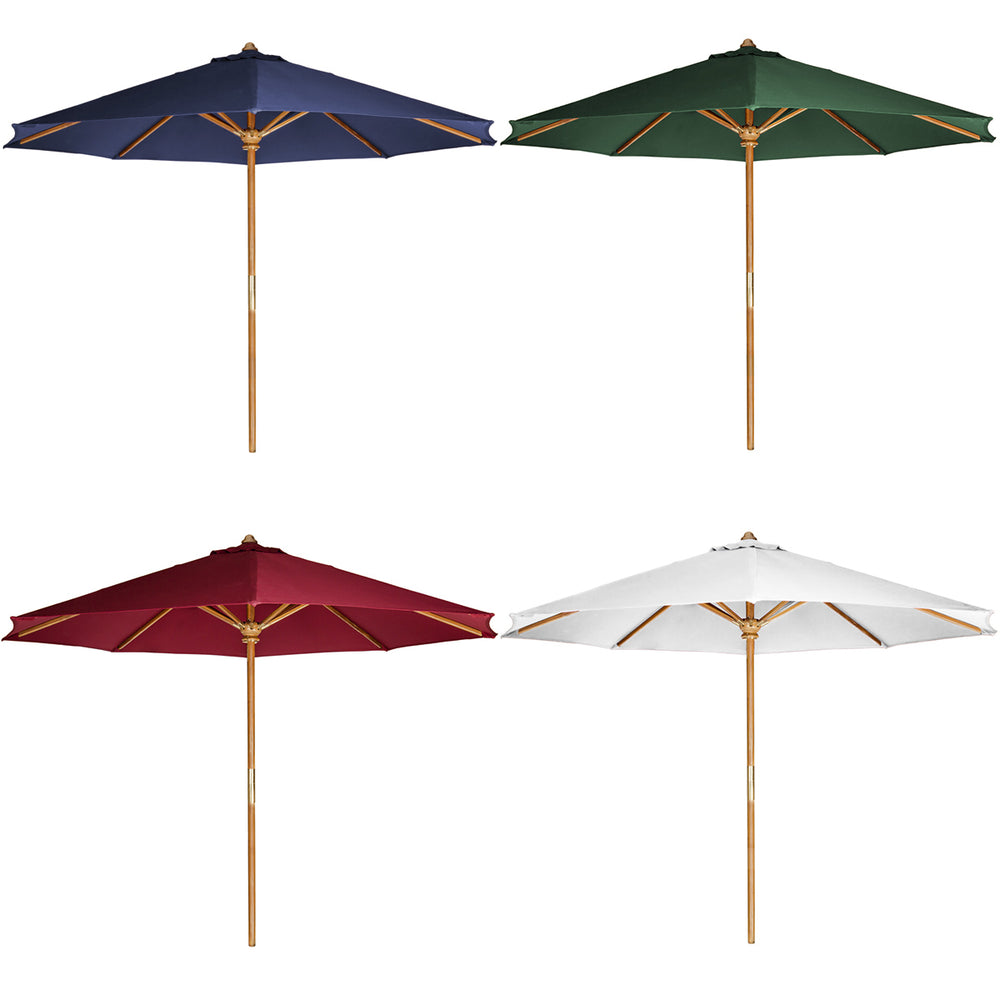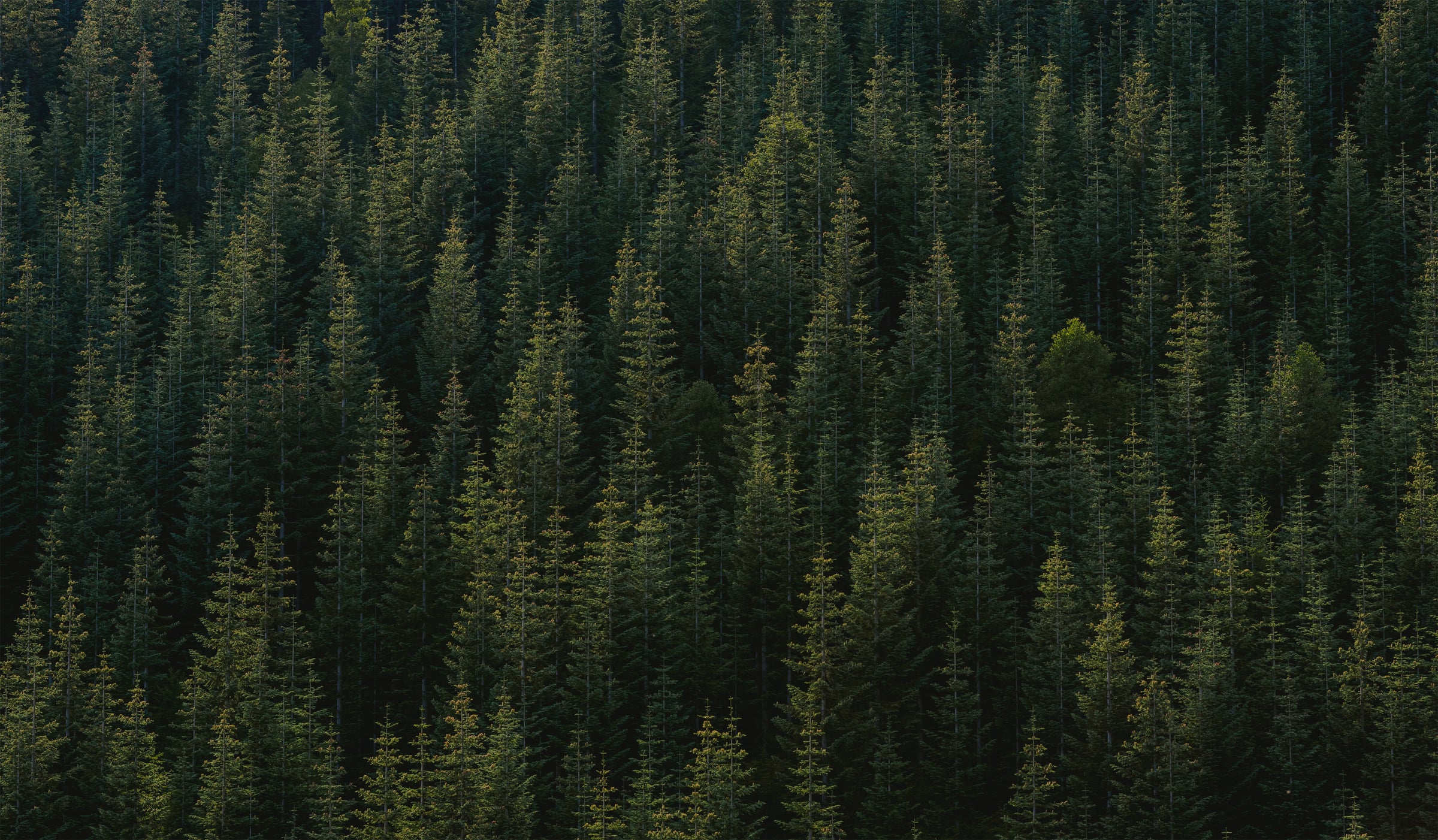Cedar Attributes
From Northern British Columbia, Canada, to California, a rugged spine of mountains stretches for almost 1,500 miles parallel to the Pacific Ocean. Along the slopes and in the valleys of these mountains, humus-rich soil nourishes mixed softwood forests in vast abundance.
Most of the Western Red Cedar (Thuja plicata) grows in coastal forests. Western Red Cedars grow also in the drier interior forests of British Columbia, Washington, Idaho, and Montana, where they are smaller in stature with a tight knotted growth characteristic. Cedars rarely grow in pure stands but are generally found in association with other species. Western Red Cedar forests are predominantly managed forests, in which controlled harvests, natural regeneration and reforestation programs ensure a perpetual harvest.
A Wood of Warmth And Beauty
Whether used in patio furniture, paneling, ceilings, doors, windows, posts or beams, the presence and prestige of cedar enhances the aesthetic structure of any type or design.
The Gift of Durability
Western Red Cedar contains natural oils that act as preservatives to help the wood resist insect attack and decay. Cedar is also a dimensionally stable wood which means that it lies flat and stays straight. Properly finished and maintained, Western Red Cedar ages gracefully and endures for many years.
Aside from being the choice material for outdoor patio and garden furniture, cedar is the preferred material for all outdoor applications that seek visual harmony with the landscape, as well as adding stability and durability. Various uses range from furniture to siding, patio decks to fences, planters, screens, and shelters.
Used indoors, cedar's dimensional stability makes it a natural choice for high moisture areas like kitchens, bathrooms, and saunas.
Natural Benefit
Beauty aside, the purely practical, dollars-and-cents value of cedar offers other benefits: the wood's cellular structure creates interior air spaces that give it an insulation value higher than most woods and much higher than brick or concrete. Buildings which feature cedar paneling, ceilings or siding, tend to stay cooler in the summer and warmer in the winter. Cedar also has excellent sound suppression and absorption qualities.
A Wood for Craftsmen
The same structure that gives cedar its excellent insulating and sound suppressing qualities makes it a lightweight wood, easy to handle and craft for both the professional and do-it-yourself builders. Cedar is a pleasure to work using either hand or machine tools. The wood can be cut, shaped, planed, sanded, nailed, and glued easily. It is free of pitch and resin, and it finishes to a richly glowing surface that can be enhanced with semi-transparent or full-bodied stains or with paints.




Leave a comment